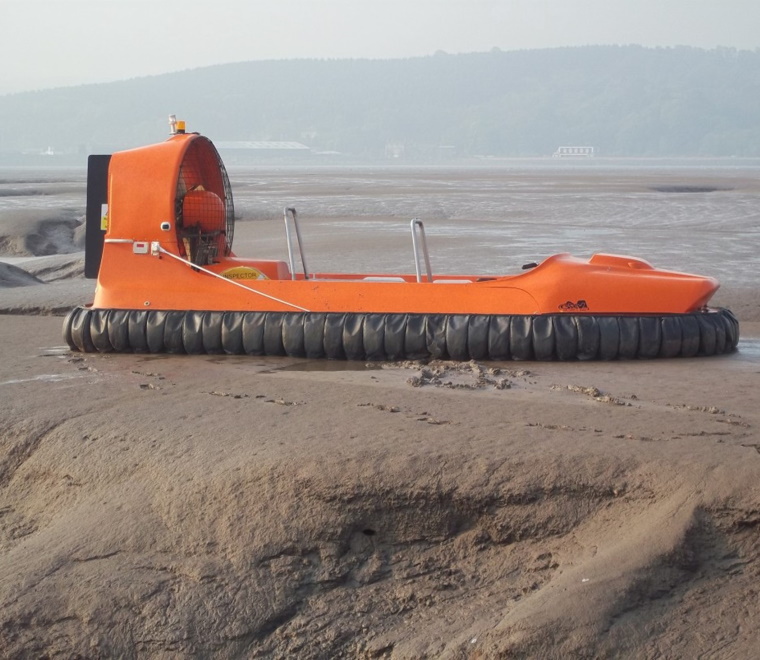

Hovercrafts and GoPros – the survey team have been out again
Survey images
ABPmer regularly undertakes marine ecological survey work to inform both baseline studies and longer term site monitoring. These surveys are often carried out in challenging environments and so require a wide variety of techniques. Recently the team has been using hovercrafts and GoPros to gather data.
ABPmer regularly undertakes marine ecological survey work to inform both baseline studies and longer term site monitoring. These surveys are often carried out in challenging environments and so require a wide variety of techniques. Recently the team has been using hovercrafts and GoPros to gather data.
Ecology survey by hovercraft
The Dee Estuary consists of a range of estuarine habitats including extensive areas of rich mudflat, commercially important cockle beds as well more dynamic sandflat habitat. ABPmer has been monitoring the ecology of the outer Dee Estuary for over ten years.
The surveys are needed as part of the licence conditions for maintenance dredging in the area. The most effective and safe technique to survey expansive areas of intertidal sedimentary habitat like the Dee is by hovercraft.
This technique has been used throughout the monitoring programme and provides access to habitats in the Dee that would be very difficult to monitor on foot. The survey work has provided an excellent long term ecological dataset which has helped to improve understanding of both ecological and morphological change in the Estuary.
Kelp density survey using a GoPro
On the west coast of Scotland, ABPmer was recently commissioned to characterise the subtidal habitats in the vicinity of a power station cooling water intake. The focus of the survey was to map the density and distribution of kelp species and identify any protected species which could be present in the area.
The survey used an underwater camera with a cable to the surface to allow footage to be viewed in real time live along with a GoPro action camera. The cameras were mounted on a frame that was towed under the vessel in shallower areas or dropped to the seabed in deeper areas. These techniques allowed the survey team to capture some excellent underwater footage of extensive inshore kelp and starfish beds.
Settled weather with calm winds created ideal surface conditions for the survey with the spring plankton bloom promoting an impressive bloom of jellyfish including lions mane, moon jellyfish and comb jellies!
Prepared by Andrew Pearson, Environmental Consultant
To learn more about our survey capability, visit our Survey and Monitoring page.


